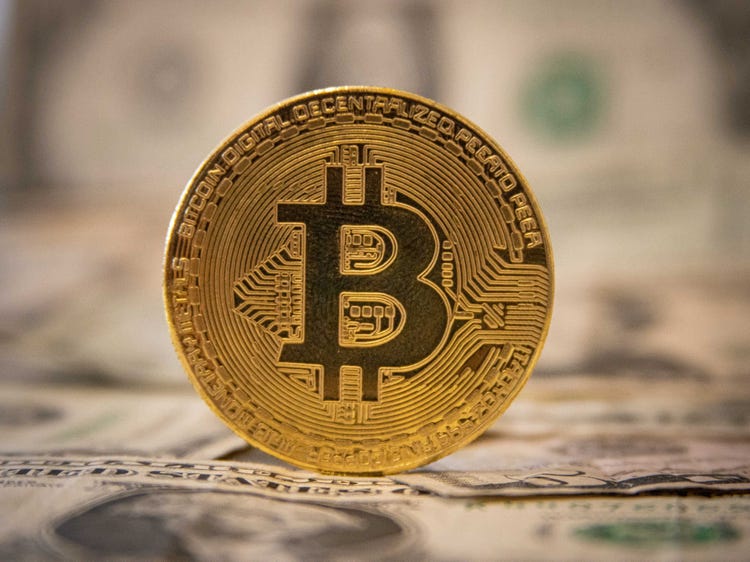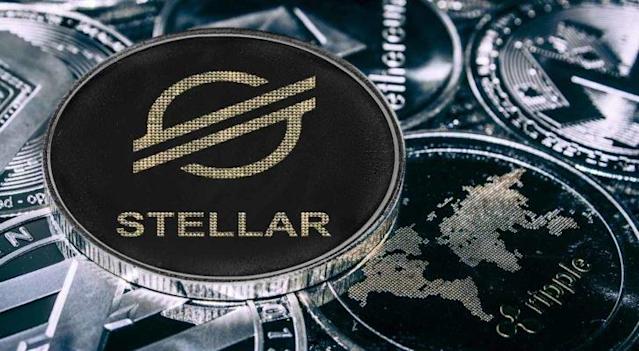List of Small-Cap Oil Stocks Listed on U.S. Exchanges
This list includes small-sized oil & gas companies with a market capitalization between 300 million and two billion dollars. We update this page at the start of every month so it is possible that a stock’s market cap might fall below 300 million dollars or go above two billion dollars between updates. Additional oil & gas companies can be found in the following sections:
Large-Cap Oil & Gas
Mid-Cap Oil & Gas
Micro-Cap Oil & Gas
Nano-Cap Oil & Gas
In parentheses you will find a short description or areas of focus for the company.
Select the company’s link to view profiles, charts, company website information or news links for the selected company.
Downstream
Alon USA Energy, Inc. (ALJ) (Crude oil refineries; convenience stores; asphalt)
Calumet Specialty Products Partners, L.P. (CLMT) (Specialty and fuel products)
CrossAmerica Partners L.P. (CAPL) (Wholesale fuel distribution)
CVR Energy Inc. (CVI) (Holdings in petroleum refining and nitrogen fertilizer businesses)
CVR Refining, L.P. (CVRR) (Crude oil refineries)
Delek US Holdings, Inc. (DK) (Refineries, logistics, convenience stores)
Global Partners L.P. (GLP) (Midstream logistics, marketing, convenience stores)
NGL Energy Partners L.P. (NGL) (Diversified midstream assets; marketing, retail propane, water treatment)
Par Petroleum Corporation (PARR) (Refineries and marketing)
Sprague Resources L.P. (SRLP) (Energy and Materials Handling Services)

Equipment and Services
Archrock, Inc. (AROC) (Natural gas contract compression services; holds interests in Archrock Partners, L.P.)
Archrock Partners, L.P. (APLP) (Natural gas contract compression services)
Atwood Oceanics, Inc. (ATW) (Offshore drilling company)
Bristow Group Inc. (BRS) (Helicopter services)
CGG (CGG) (France: Seismic equipment and reservoir monitoring instruments; geophysical surveys)
Chart Industries, Inc. (GTLS) (Cryogenic equipment used in the energy, health care and life sciences industries)
Carbo Ceramics, Inc. (CRR) (Production enhancement and environmental solution products and services)
Exterran Corporation (EXTN) (Oil and gas production equipment, water treatment products and services, natural gas compression, gas processing and treating)
Flotek Industries, Inc. (FTK) (Equipment and services)
FMSA Holdings Inc. (FMSA) (Sand and sand products used by exploration and production companies)
Forum Energy Technologies, Inc. (FET) (Provides oilfield products to the oil & gas subsea, drilling, completion, production and infrastructure sectors)
Helix Energy Solutions Group, Inc. (HLX) (Offshore specialty services)
Hercules Offshore, Inc. (HERO) (Offshore contract drilling and liftboat services)
Hornbeck Offshore Services (HOS) (Offshore service vessels)
McDermott International, Inc. (MDR) (Offshore engineering, procurement, construction and installation services)
MRC Global Inc. (MRC) (Fittings (PVF), pipes and valves)
Newpark Resources, Inc. (NR) (Drilling fluids products and services; Matting solutions and well site construction services)
Noble Corporation (NE) (United Kingdom: contract offshore drilling services)
NOW Inc. (DNOW) (Distributor to the energy and industrial markets)
Oil States International, Inc. (OIS) (Completion services, deepwater capital equipment, land drilling services)
Precision Drilling Corporation (PDS) (Canada: drilling products and services)
Rowan Companies (RDC) (Contract offshore drilling services)
SEACOR Holdings, Inc. (CKH) (Inland rivers services, shipping services, storage and handling)
Seadrill Ltd. (SDRL) (United Kingdom: contract offshore drilling services)
Superior Energy Services, Inc. (SPN) (Specialized oilfield services, tools and equipment)
Tetra Technologies, Inc. (TTI) (Equipment and services)
Tidewater Inc. (TDW) (Offshore service vessels)
Transocean Partners LLC (RIGP) (Scotland; contract offshore drilling services)
USA Compression Partners LP (USAC) (Compression services for natural gas companies)
Exploration and Production
California Resources Corporation (CRC) (California)
Callon Petroleum Company (CPE) (Texas)
Carrizo Oil & Gas, Inc. (CRZO) (Unconventional Assets)
Chesapeake Energy Corporation (CHK) (Multiple Regions)
Cobalt International Energy, Inc. (CIE) (Offshore: Gulf of Mexico and West Africa)
CONSOL Energy Inc. (CNX) (Coal and natural gas)
Denbury Resources Inc. (DNR) (Gulf Coast and Rocky Mountain Region)
EP Energy Corporation (EPE) (Louisiana, Texas and Utah)
Erin Energy Corp (ERN) (Sub-Saharan Africa)
EXCO Resources NL (XCO) (Louisiana, Texas and the Appalachia Region)
Laredo Petroleum, Inc. (LPI) (Texas)
Linn Energy, LLC (LINE) (Multiple Regions)
Matador Resources Company (MTDR) (Louisiana and Texas)
Oasis Petroleum Inc. (OAS) (Williston Basin)
QEP Resources, Inc. (QEP) (Williston Basin, Permian Basin, Pinedale Anticline, Uinta Basin and Haynesville Shale)
Rice Energy Inc. (RICE) (Appalachian Basin)
SM Energy Company (SM) (Multiple regions)
Synergy Resources Corporation (SYRG) (Colorado)
Unit Corporation (UNT) (Diversified Energy Company)
Vanguard Natural Resources LLC (VNR) (Multi Region)
Viper Energy Partners LP (VNOM) (Texas)
Whiting Petroleum Corporation (WLL) (New Mexico, Rocky Mountains and Texas)
WPX Energy, Inc. (WPX) (Colorado, New Mexico and North Dakota)
Exploration and Production: Foreign Companies
Advantage Oil & Gas Ltd. (AAV) (Canada: Activities in Alberta)
Baytex Energy Corp (BTE) (Canada: Activities in Western Canada and Texas)
CNOOC Limited (CEO) (China’s Largest Offshore Oil & Gas Producer)
Ecopetrol S.A. (EC) (Columbia: Integrated oil & gas company; activities in Brazil, Peru and the United States Gulf Coast)
Enerplus Corporation (ERF) (Canada: Activities in North Dakota, Montana and Western Canada)
Gran Tierra Energy Inc. (GTE) (Canada: Activities in South America)
InterOil Corporation (IOC) (Singapore: Activities in Papua New Guinea)
Kosmos Energy Ltd. (KOS) (Atlantic Margin)
Pengrowth Energy Corporation (PGH) (Canada: Activities in Western Canadian Sedimentary Basin)
Penn West Petroleum Ltd. (PWE) (Canada: Activities in Western Canada)
Petrobras Argentina S.A. (PZE) (Argentina: Integrated Oil & Gas; activities in South America)
Marine Fuel Oil
Aegean Marine Petroleum Network Inc. (ANW) (Greece)
Midstream
Columbia Pipeline Partners L.P. (CPPL) (Natural gas pipelines and underground storage systems)
Cone Midstream Partners L.P. (CNNX) (Pipelines and other facilities)
Crestwood Equity Partners L.P. (CEQP) (Natural gas storage; NGL and crude oil services)
Delek Logistics Partners, L.P. (DKL) (Midstream MLP)
Enbridge Energy Management LLC (EEQ) (Manages and controls Enbridge Energy Partners, L.P.)
Holly Energy Partners, L.P. (HEP) (Pipelines and terminals)
Martin Midstream Partners L.P. (MMLP) (Terminals and storage assets)
Midcoast Energy Partners, L.P. (MEP) (Formed by Enbridge Energy Partners)
NGL Energy Partners L.P. (NGL) (Diversified midstream assets; marketing, retail propane, water treatment)
Nustar GP Holdings, LLC (NSH) (Owns general partner and limited partner interests in NuStar Energy L.P.)
PBF Logistics L.P. (PBFX) (Midstream MLP)
PennTex Midstream Partners LP (PTXP) (IPO in June 2015: Midstream services)
Rice Midstream Partners L.P. (RMP) (Gathering, compression and dehydration assets)
Rose Rock Midstream, L.P. (RRMS) (Crude oil pipelines and storage facilities)
Semgroup Corporation (SEMG) (Midstream energy assets)
Summit Midstream Partners, L.P. (SMLP) (Pipelines)
Targa Resources Corp (TRGP) (Ownership interest in Targa Resource Partners)
Transmontaigne Partners L.P. (TLP) (Midstream MLP)
Transportadora de Gas Del Sur S.A. (TGS) (Argentina: Pipelines, NGL processing)
VTTI Energy Partners L.P. (VTTI) (United Kingdom: Terminals)
Western Refining Logistics, L.P. (WNRL) (Pipelines, terminals and storage assets)
World Point Terminals, L.P. (WPT) (Midstream MLP)
Oil and Gas Trusts
BP Prudhoe Bay Royalty Trust (BPT) (Interests in in the Prudhoe Bay oil field located in Alaska)
Dorchester Minerals, L.P. (DMLP) (Royalty, overriding royalty, net profits and leasehold interests in oil & gas properties)
Sabine Royalty Trust (SBR) (Trust formed by Sabine Corporation)
Texas Pacific Land Trust (TPL) (Land trust; revenues from oil & gas royalties, grazing leases, etc.)
Propane Distributors
Ferrellgas Partners, L.P. (FGP) (Residential, commercial and agricultural propane delivery and refill)
Star Gas Partners, L.P. (SGU) (Home heating oil and propane distributor)
Suburban Propane Partners, L.P. (SPH) (Propane, fuel oil and refined fuels)



















